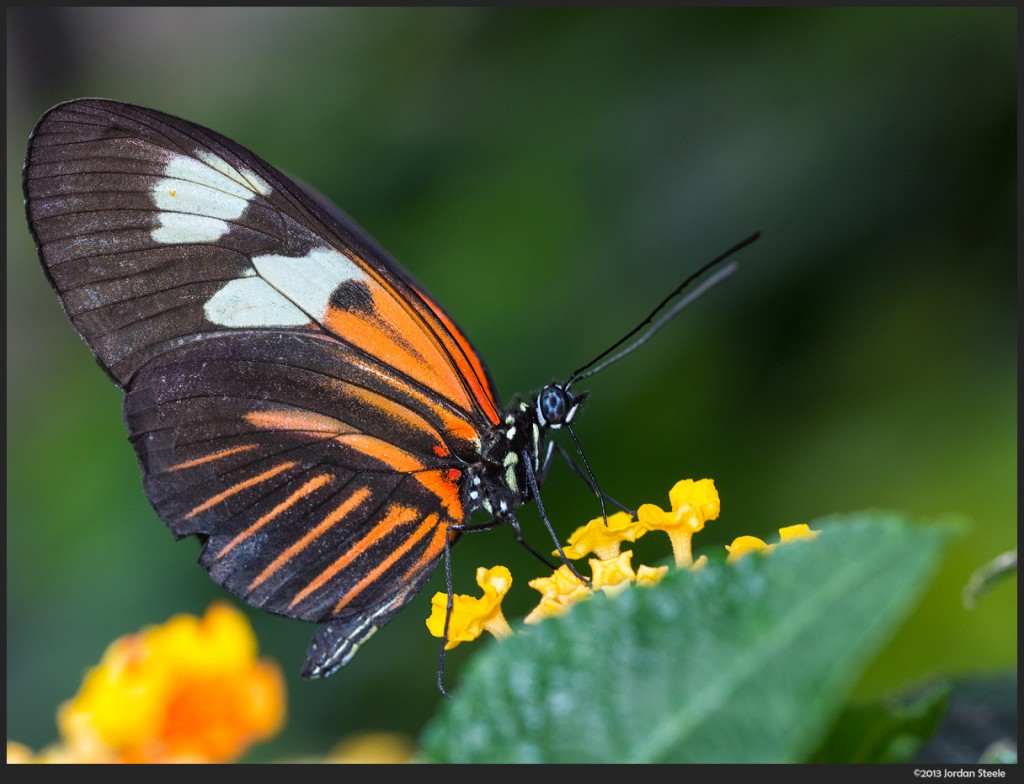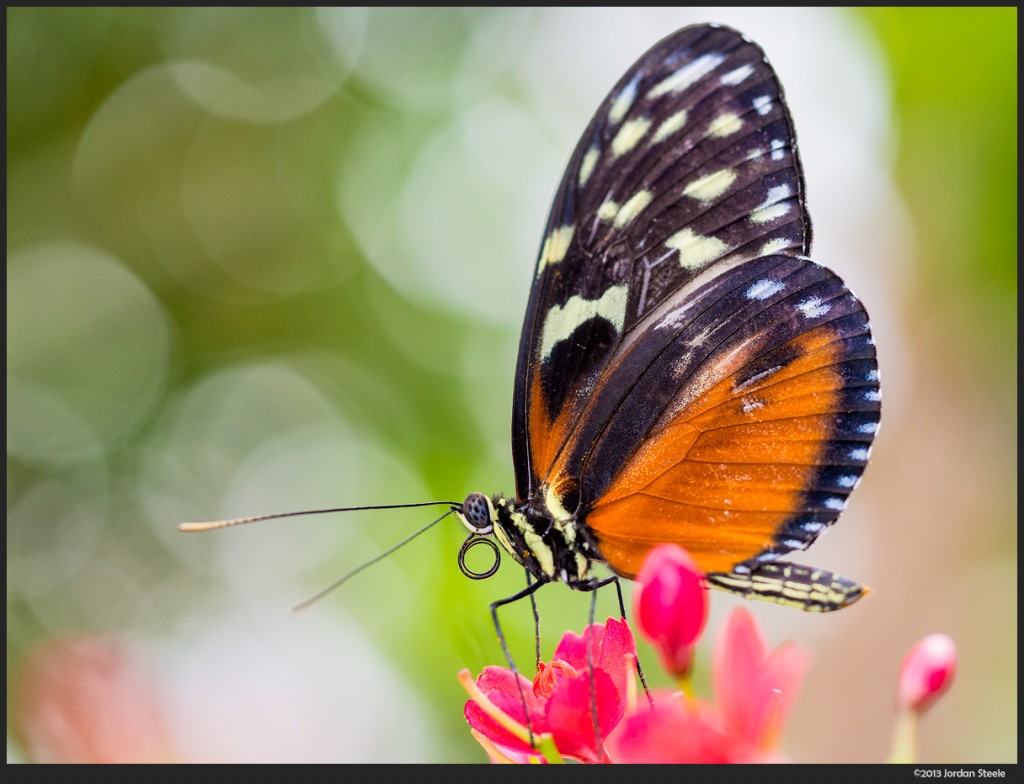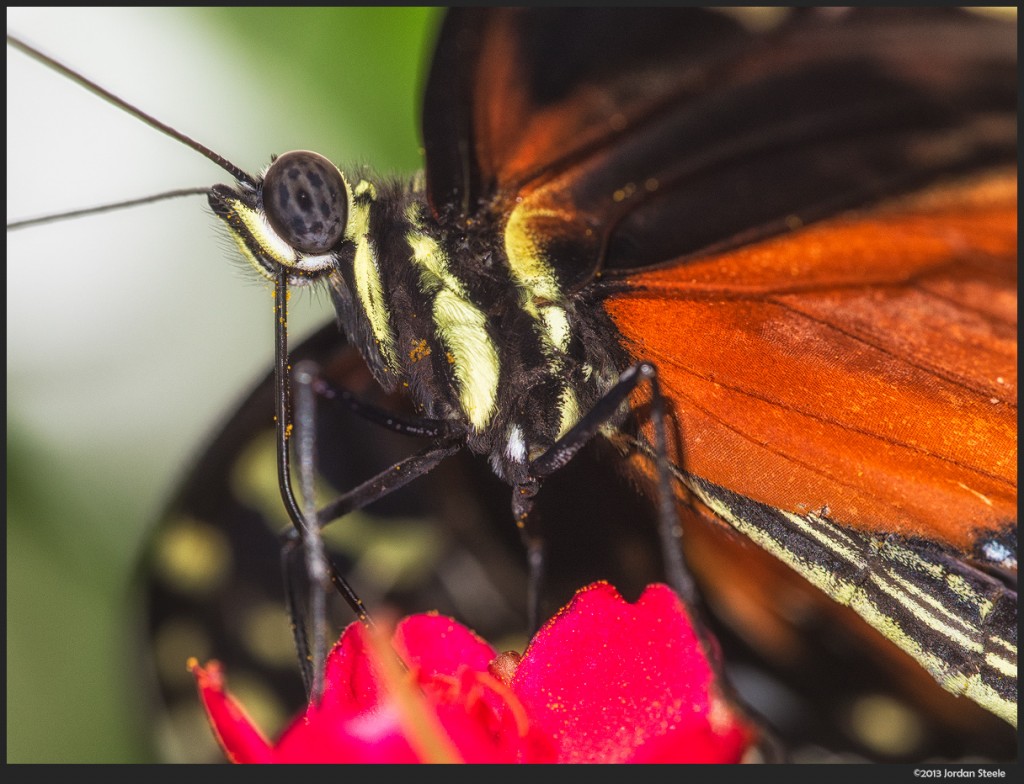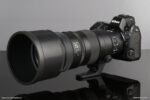Conclusion
Pros
- Ruggedly built body with a very high-end, solid feel and great tactile response on the buttons
- Excellent dynamic range and color response
- Good noise control at higher ISOs
- Excellent in-body stabilization allows for better handholding with all lenses
- Autofocus is fast, accurate and precise
- Camera is extremely responsive with very short shutter lag, quick file writing and a large buffer
- 9 frames per second continuous shooting for capturing action
- Massively customizable interface and good button placement
- Clear, sharp and vibrant tilting rear LCD with outstanding touch response
- 1/8000s shutter speed and expanded ISO 100 allow for shooting in bright light with large aperture lenses
- Optional VF-4 viewfinder is best-in-class, providing an enormous view and high resolution without lag
- Wi-Fi provides a quick way to transfer images, tag them with location or provide limited remote controlled shooting
Cons
- No built-in viewfinder is disappointing in 2013 at this price point
- Olympus menu system is still overly complex and confusing
- In-body IS can suffer from ‘shutter shock’ at moderate shutter speeds
- Four way controller is a little mushy and imprecise
- Continuous autofocus still not good for subjects moving towards or away from you
- Expensive in comparison to competition
- Pop-up flash button too easy to accidentally press
- Focus peaking is poorly implemented
- Wi-Fi Remote control is limited to iAuto mode
Overall, the Olympus Pen E-P5 is a solidly built camera that is quick, responsive and fun to shoot. It has excellent image quality and the 5-axis IS is wonderful. The overriding thought I had while shooting with the E-P5 was that is was a slightly smaller OM-D E-M5, with a bunch of little improvements: more precise autofocus, shorter shutter lag, quicker response and a few really nice features like Wi-Fi and a built-in pop-up flash.
There are some quirks in operation with the four-way controller standing out as a poorly constructed control in an otherwise exquisitely crafted machine. Focus peaking isn’t implemented well, causing too much lag, and the lack of control in the wi-fi remote shooting is a little disappointing. On the whole, however, the E-P5 gets a lot more right than it gets wrong.
One thing I do need to discuss is price. The lack of a built-in viewfinder at this price point of $999 (as of August 2013) is a bit of a head-scratcher. When the first Pen came out, there wasn’t any competition to worry about, and it took a while before built-in viewfinders in mirrorless cameras were integrated into small rangefinder styled bodies. But in 2013, we have the Sony NEX-7 and NEX-6, the Fuji X-E1, and the upcoming Panasonic GX7. These are all small bodies that have built-in high resolution corner EVFs. Of these, only the NEX 7 is notably more expensive than the E-P5. The E-P5 released at $999. The VF-4 adds an extra $279 to the package if you want it. The NEX 7 is $1099, the GX7 is going to debut at $999, the Fuji X-E1 is $799 and the NEX 6 is a mind-blowing $648 until the end of August. At $999, the E-P5 just has a hard road to travel to compete against these other cameras. In many ways, the cost is worth it…it’s got an exceptionally high-end build quality with great in-body IS and a ton of other great features, many that are exclusive to the E-P5 in this form factor. But the glaring thing that consumers will look for is the built-in EVF. In relation to the competition there, it’s just priced a bit too high.
But, price be darned, it’s a good camera. And if you do choose to shell out the cash, I highly recommend picking up the VF-4 to go along with it, as it’s a truly outstanding photographic experience when used with that great EVF. This was a fun combination to shoot, and with the EVF fitted, I preferred using the E-P5 to using my OM-D. Olympus has made a fantastic camera in a small package, and the E-P5 is a worthy addition to the Pen lineup.
Sample Images
Click on an image to view it larger.













Leave a Reply